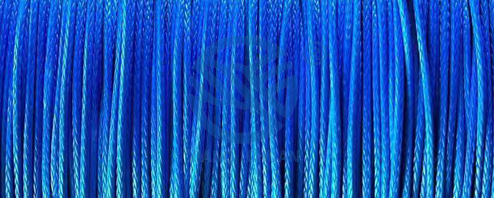
Proper inspection of mooring tails is essential for ensuring the safety and security of ships while they are docked. Mooring tails are critical components of the mooring system that help to secure the ship to the dock and prevent it from drifting away. Regular inspection and maintenance of mooring tails are necessary to prevent accidents and ensure the smooth operation of the ship.
When inspecting mooring tails, there are several key points to keep in mind:
1. Visual inspection: The first step in inspecting mooring tails is to conduct a thorough visual inspection. Look for any signs of wear, damage, fraying, or corrosion on the mooring tails. Pay special attention to the areas where the mooring tails come into contact with the dock or the ship's fittings, as these are common areas for wear and tear.
2. Check for proper length and diameter: Mooring tails should be the correct length and diameter for the size and weight of the ship they are securing. Check to ensure that the mooring tails are not too short or too thin, as this could compromise their strength and effectiveness.
3. Check for proper splicing: Mooring tails are typically spliced to create a loop at one end that can be attached to the ship or dock. Inspect the splicing to ensure that it is properly done and that there are no visible signs of damage or wear.
4. Check for proper chafing gear: Chafing gear is used to protect mooring tails from abrasion and wear caused by contact with sharp edges or rough surfaces. Check to ensure that the chafing gear is in good condition and properly installed.
5. Conduct tension tests: To ensure the strength and reliability of mooring tails, conduct tension tests to measure the load-bearing capacity of the mooring tails. This will help to detect any weaknesses or defects in the mooring tails before they fail under load.
6. Inspect for signs of UV degradation: Mooring tails are often exposed to sunlight, which can cause UV degradation over time. Inspect the mooring tails for signs of UV damage, such as discoloration, fading, or brittleness. Replace any mooring tails that show signs of UV degradation to prevent failure.
7. Record your findings: Keep detailed records of your mooring tail inspections, including any findings of wear, damage, or defects. This will help to track the condition of the mooring tails over time and identify any patterns of wear or failure.
In conclusion, proper inspection of mooring tails is essential for ensuring the safety and security of ships while they are docked. By following the above guidelines and conducting regular inspections, you can help to prevent accidents and ensure the smooth operation of your mooring system. Remember that prevention is always better than cure when it comes to mooring tails, so make sure to inspect them regularly and address any issues promptly.


 +86-514-88253368
+86-514-88253368






